How to kill tree roots: remove them from your backyard with these tips
Knowing how to kill tree roots can come in handy whether you've recently cut down a tree or simply need to clear ground for new landscaping plans
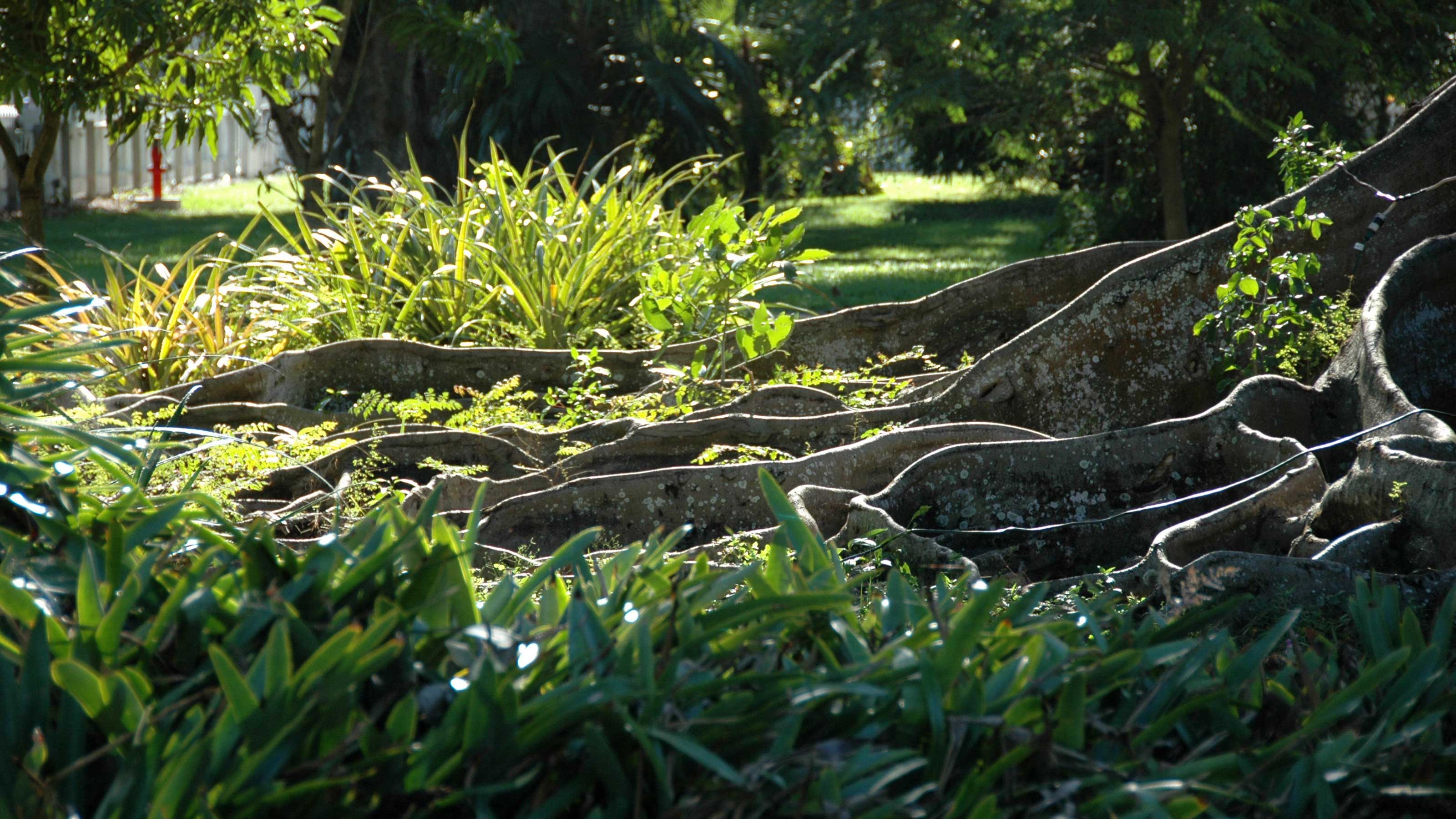

There may come a time when you need to know how to kill tree roots. This could be for a few different reasons. Perhaps, for instance, you want to try out some new landscaping plans in your plot. A network of tree roots in the ground can be problematic, making planting difficult, or causing paving or foundations to crack. So, whether you're installing a new flower bed, patio, or shed – you may wish to clear the ground before you get building, while keeping the actual tree alive.
Or, maybe you've recently learned how to kill a tree stump, and the remaining roots are still sending up shoots around your garden, which can be a nuisance. Either way, this guide explains how to do both.
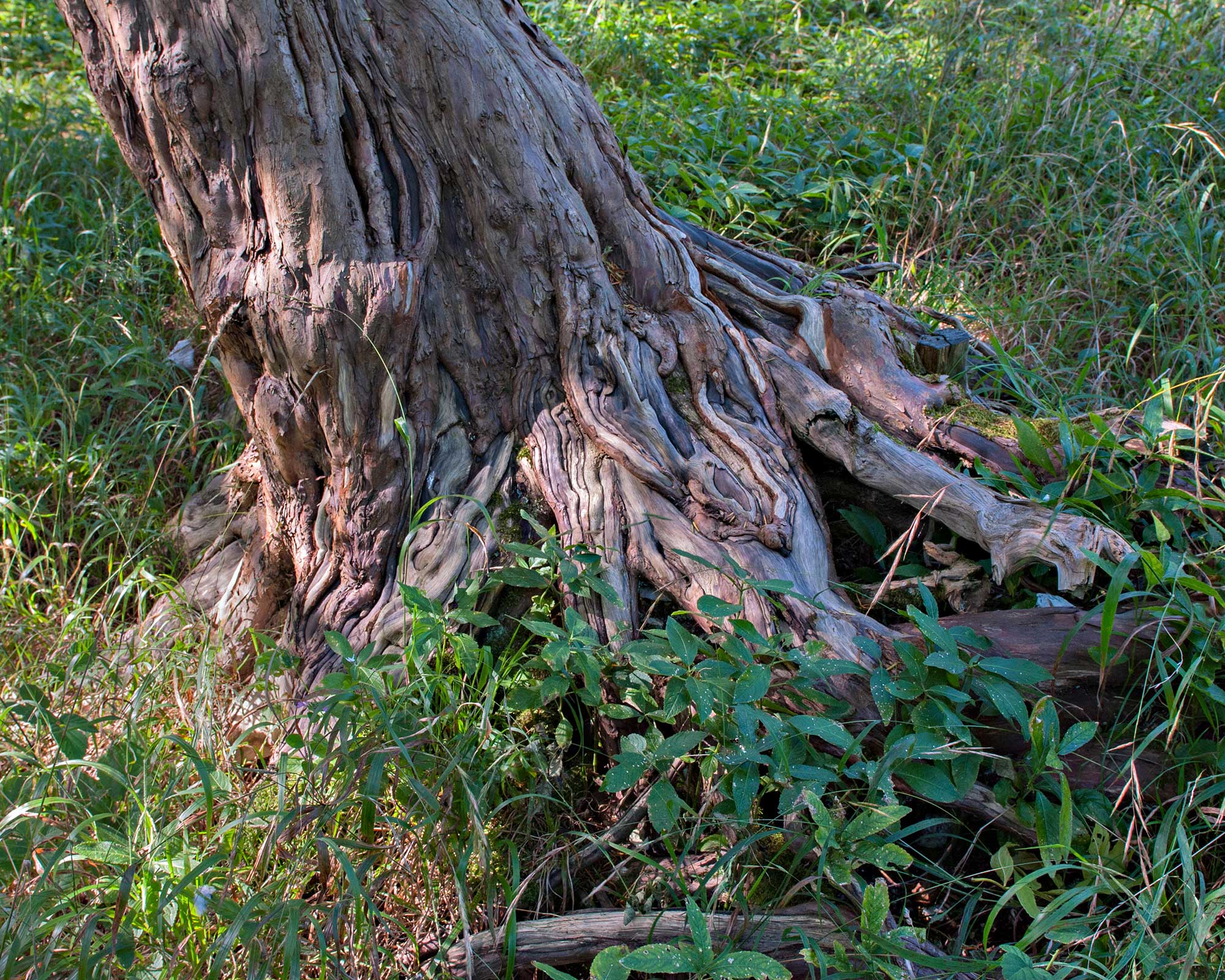
Cutting back roots should be done with care to avoid damaging the tree
How to kill tree roots without harming the tree
Even the best trees for small gardens can be problematic when designing new backyard features. But there are ways to remove unwanted roots while keeping your deciduous or evergreen trees healthy.
Expert arborist Ned Cromack explains how they can be controlled via root pruning. This can be done by digging to expose the offending root and then cutting it using a clean and sharp hand saw. Pull out the section of cut root, fill in the hole, water well, and then mulch the area above.
However, great care must be taken, and ideally a trained professional hired for the job: 'roots are more important than branches,' he says, and it's easy to accidentally kill a tree without the proper expertise.
For instance, the RHS explains how cutting large roots close to the tree can do unrepairable damage or destabilize it. Cutting away too much at one time can also cause harm (it's recommended to never cut more than 25% of the root structure in one go, in fact, the smaller amount removed the better) – so you may need to carry out the process over a few years to avoid shocking the tree. Root pruning should also be done at the optimum time of year, which is between winter and early spring, before bud break. This will reduce the chance of the tree becoming dehydrated.
Once offending roots are cut away, root barriers can be installed to prevent the roots from growing back, Ned says. This is where the ground is excavated, and a steel sheet is installed that the roots cannot penetrate.
If you're trying to kill unwanted suckers in your plot – shoots sent up from the root system away from the parent tree – you can carefully apply glyphosate. But, be sure to isolate them from the tree first by severing the root. Be careful not to get glyphosate on any nearby plants too, as it is non-selective.
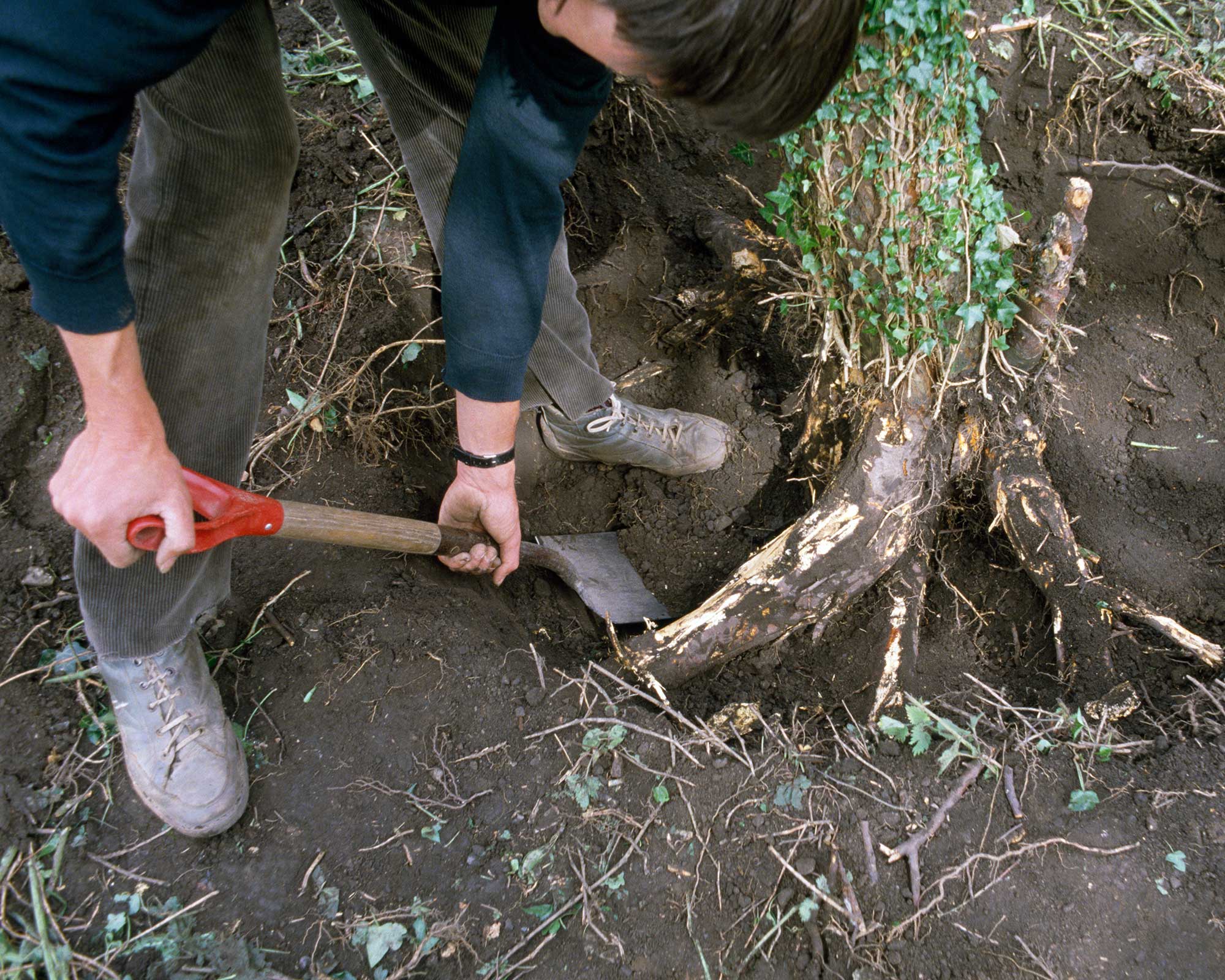
You can remove sections of roots manually
How to kill leftover tree roots after removing a tree
Sometimes, trees need to be cut down. But even if you've followed the steps on how to remove a tree stump, you'll still be left with a network of roots. These can make planting in the area tricky. And, in some species, they can remain alive for some time and send up new suckers around your plot, which can be a pain.
Attempting to dig out the entire root system is possible, but it's arduous work. The network of fibrous growth will be anchored to the ground, and as Ned says, you could easily spend days with a pickax to get the whole lot up. A quicker solution is to hire a pro with a stump grinder – a machine that may have been used to remove the stump itself – to destroy the major roots. The smaller roots will then rot down quicker and be much easier to remove by hand.
However, the above method may leave your plot in a bit of a mess. This is often undesirable, particularly if it means digging up areas of otherwise pristine lawns. Instead, you can use stump and root herbicides for the job – which will usually contain glyphosate. If you're leaving the stump to rot down, you can apply the herbicide to the freshly cut surface where it will slowly penetrate down to the roots. You can also apply it to freshly cut stems of the suckers to discourage further growth.
Patience and persistence are required for this method, though. It's also important to note that glyphosate is very toxic and should be used with extreme caution, especially around pets or children. Always follow packet instructions and avoid it completely if you're looking to create a wildlife garden.
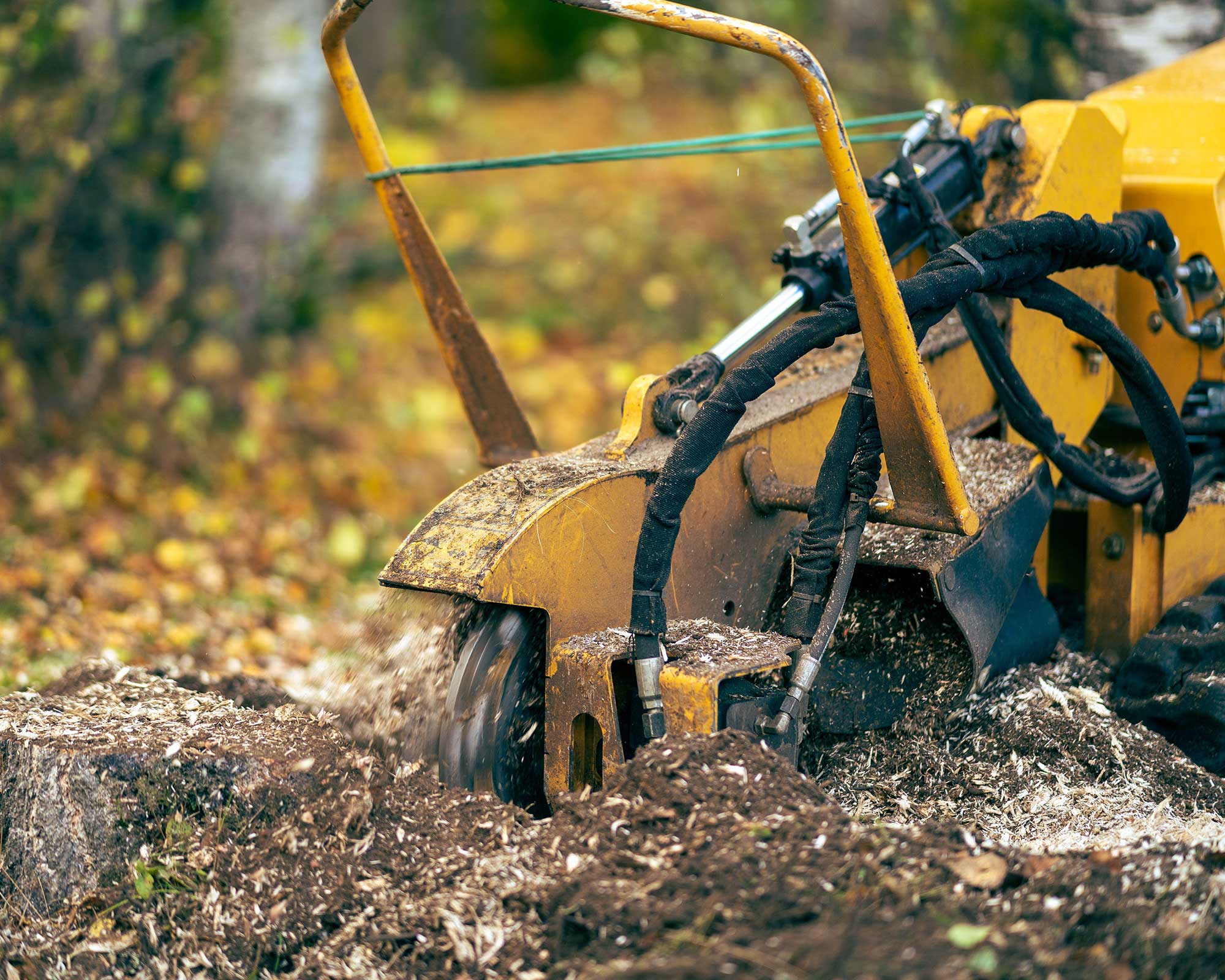
Machinery can be used to remove major roots
How to kill tree roots in sewer pipes
Sometimes, tree roots can work their way into drains through small cracks in sewer pipework. This can result in slow drainage, gurgling noises, and bad odors, amongst other problems.
Common DIY approaches are flushing copper sulfate – a natural herbicide – down the toilet, although this isn't suitable for septic tanks. Alternatively, you can try flushing rock salt. Both, however, are seen as temporary solutions.
For a more long-lasting approach, you'll need to call in a pro who may use tools such as a mechanical auger or hydro-jet to destroy the intrusive roots. They will then be able to repair or replace the pipe to prevent the problem from happening again.
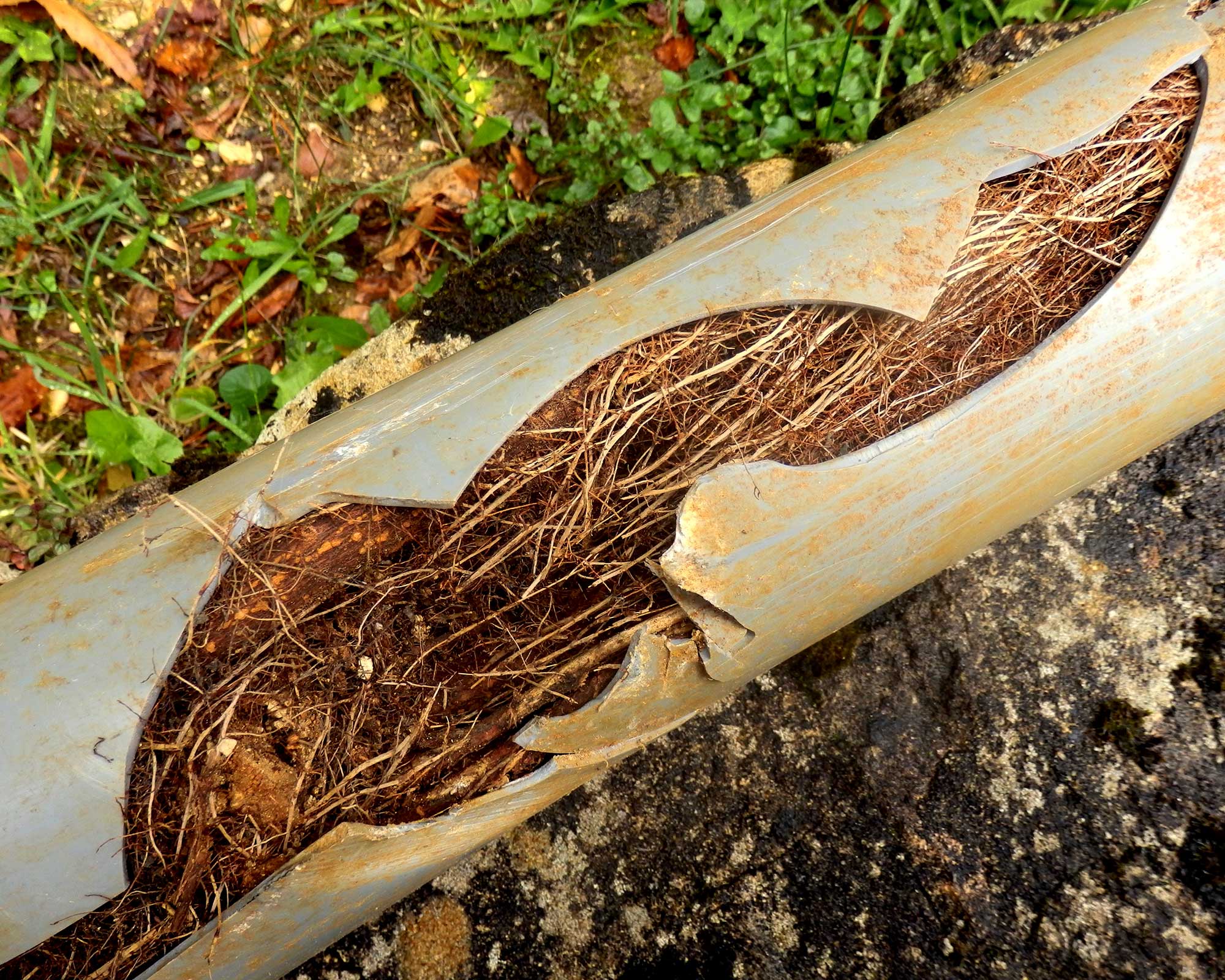
Roots growing in pipework can be problematic

The garden was always a big part of Holly's life growing up, as was the surrounding New Forest where she lived. Her appreciation for the great outdoors has only grown since then. She's been an allotment keeper, a professional gardener, and a botanical illustrator – plants are her passion.
